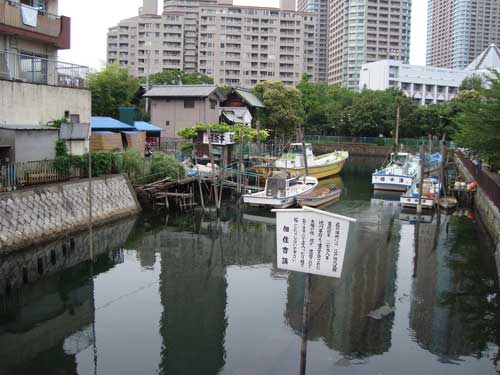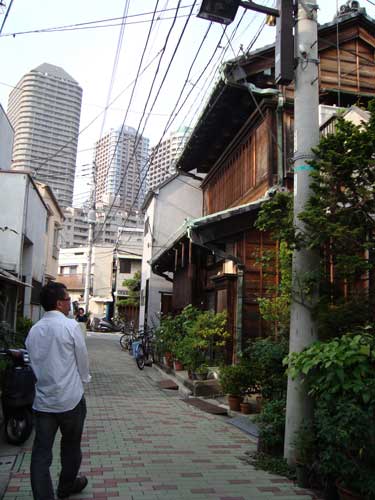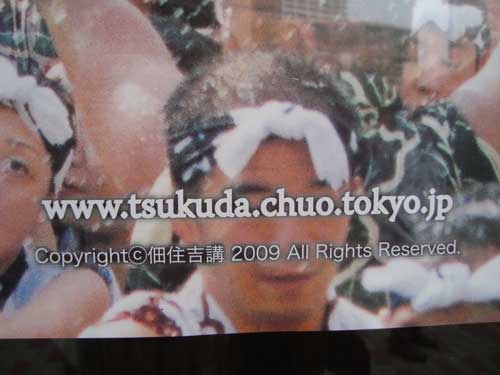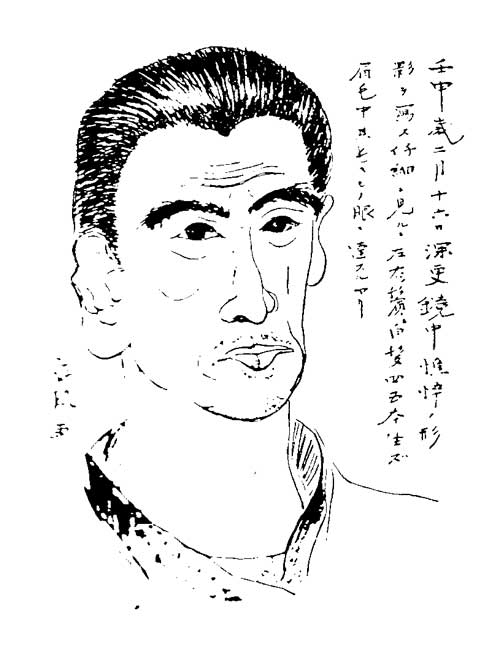
“It is the summer that makes life in Tokyo most beautiful . . . Bamboo cages with singing insects, painted fans, mosquito nets, sweet-smelling reed blinds set into miniature landscapes- where else are there appurtenances of such delicacy? . . . Sometimes, walking along a canal of a summer evening, I have found myself drunk with a mood as of hearing a samisen somewhere- in a courtesan’s room, perhaps, in a scene from Mokuami’s ‘The Robbers.'”
Summer is in full force in Tokyo now, and I am turning to literary inspiration to better understand this complex metropolis. Viewed from above, Tokyo is an endless concrete slab with few visible elements of nature. Viewed from the street, the city pulses with human and plant life, and its residents react to the constraints of the built environment with creativity.
In exploring the layers of Tokyo, I am relying on two books written in English. A Enbutsu Sumiko, a Japanese woman educated at Smith College, wrote “Discover Shitamachi” in 1984, and I have been using it as a guide to the Edo era survivors in the area near the Sumida River first settled by artisans and merchants in the 1600s. Enbutsu also wrote A Flower Lover’s Guide to Tokyo: 40 Walks for All Seasons in 2007, a wonderful book that suggests city walks organized by seasonal flowers.
More recently, I am reading noted Japanologist Edward Seidentsicker’s 1965 literary biography Kafū the Scribbler: The Life and Writing of Nagai Kafu, 1879-1959, from which the quote above about summer comes. Since I am still unable to read in Japanese, I rely on these historic works to better understand Tokyo’s strange mix of history and modernity. Seidensticker’s biography insists that his subject is “better and more important than any of his works” and that his work can only be understand in the context of his life, his city, and the Meiji tension between Edo and modernity.
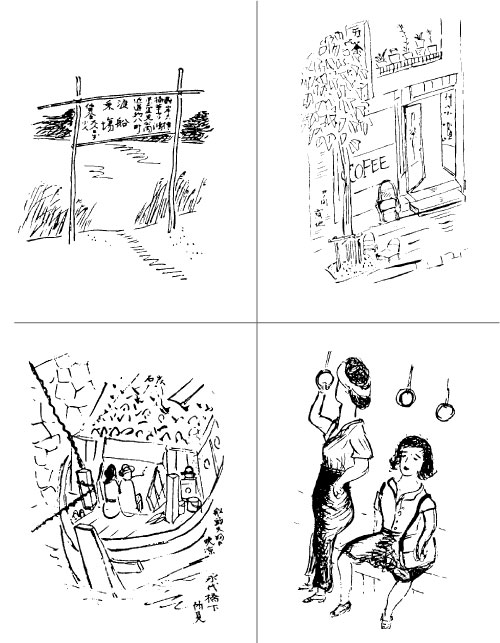
Whether considering historic sites, ancient festivals and crafts, the ever-active wrecking ball, and latest popular culture, it is humbling to think that this tension between traditional and modern urbanity has existed for over 100 years in Tokyo. I am looking forward to Seidentsticker’s chronicle of turn of the century Tokyo life, and visiting some of the same places myself to sense if there any echos still audible.
